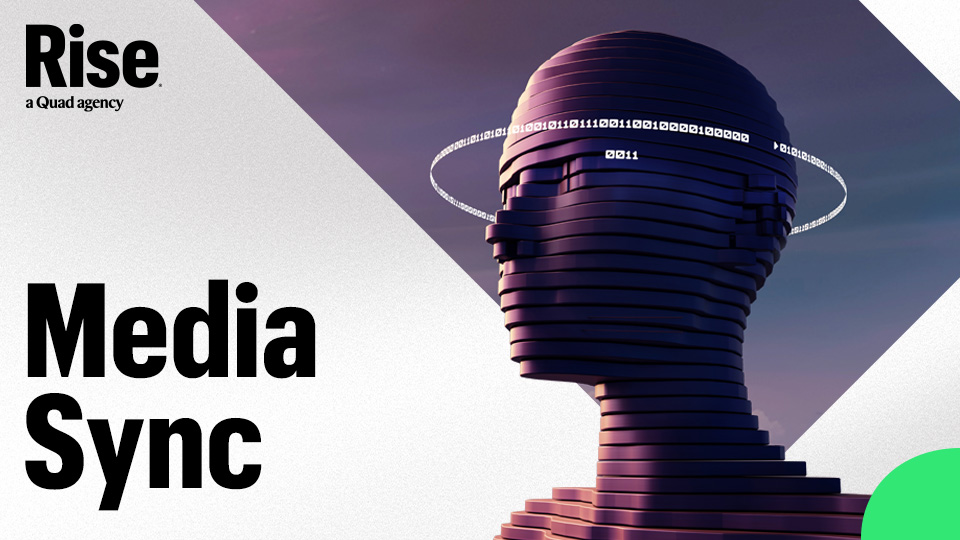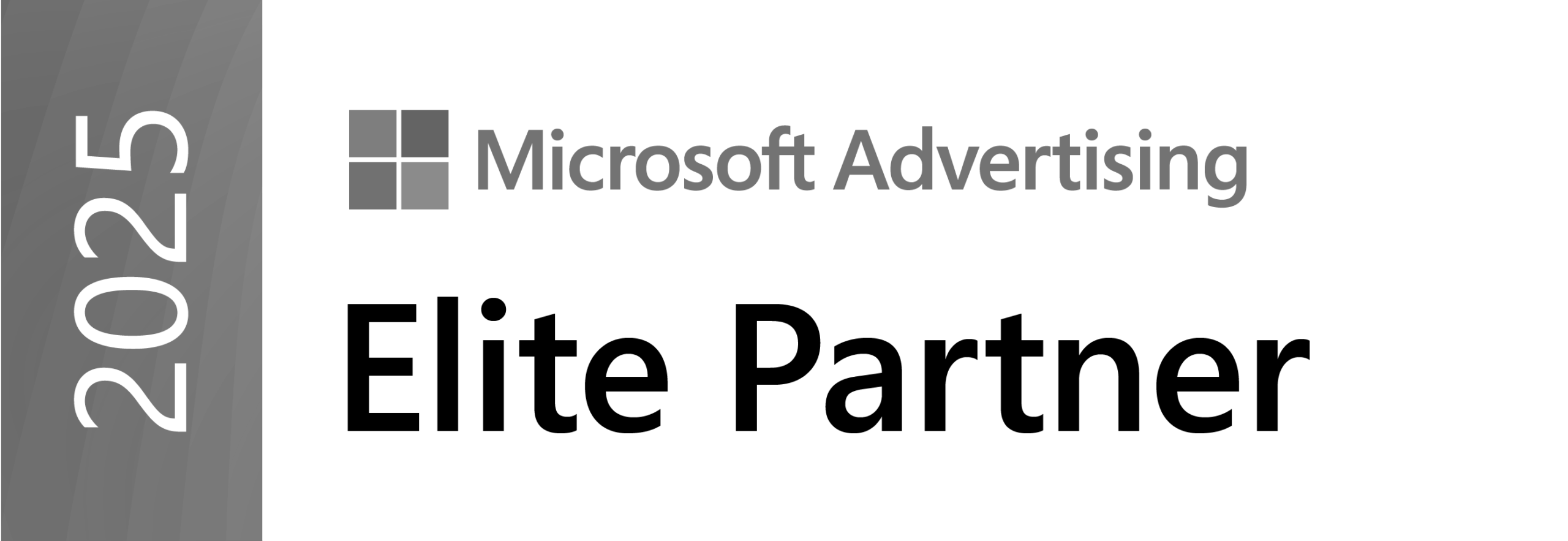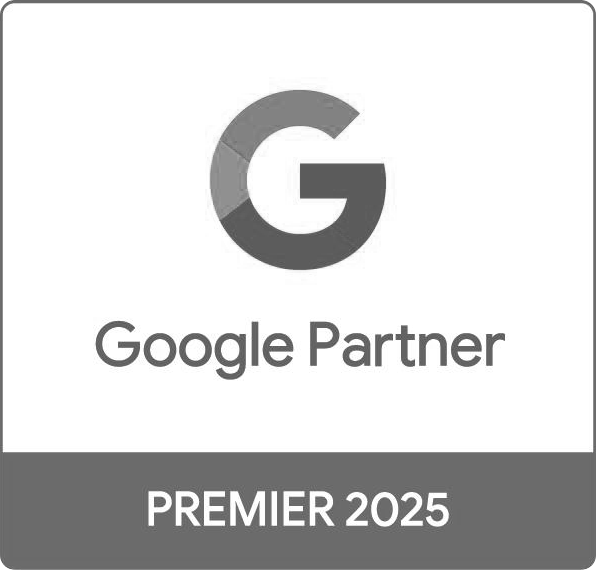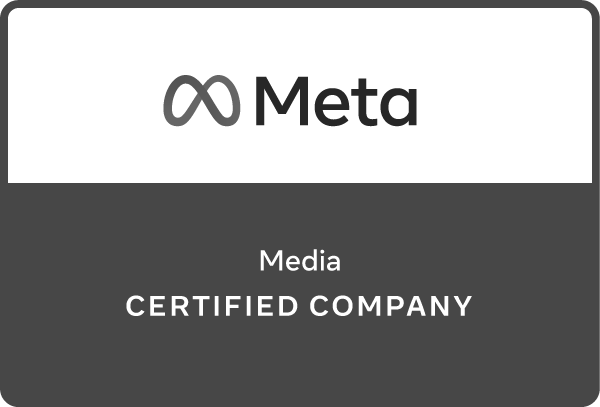
The media landscape has never been crystal clear, but in recent years, it has grown particularly opaque. What was once a relatively straightforward exchange of dollars for impressions — more media is good and less media is bad (assuming it’s the right media, and the right targeting) — has evolved into a dense web of media buying models and financial structures that can leave even the most seasoned marketers unsure of:
As media buying complexity increases, so does the potential for misalignment between brands and their media buying agencies.
Within this murkiness lies opportunity for marketers. Marketers who take a clear-eyed approach to the complexities of media buying — and acknowledge that there are important questions to ask before committing to an agency partnership — are in a strong position to maximize their working media.
What is principal media buying and planning?
There is still no standard template for the “best” media buying option (which is likely why Digiday published an article just last year titled, “WTF is principal media?)”.
But principal media buying — when agencies buy media at the top of the year and sell it with a markup to clients — is a standard practice. Pre-bought media is not inherently bad. Some may rightfully assert that principal buying offers bulk pricing benefits — brands can squeeze more from the budget for less in the long run (dare we say, like buying the liter-sized shampoo instead of the 8.5 oz bottle).
It’s also common to hear that the principal company takes on the financial risk — not entirely untrue, though the costs outweigh the benefits. Principal buying is more of an opportunity for the agency, rather than the brand, to profit. Here’s why:
Avoid the trap of hidden margins and tech tolls
When agencies buy media (from TV to programmatic to sponsored content placements) prior to learning client objectives, it removes agility from any marketing plan. Worse, principal positions can lead to even more mismanagement that strips resources out of the value chain unbeknownst to the marketer.
“Aside from principal positions that can dilute the quality and accuracy of media targeting, an even larger issue to look at are hidden margins and spreads,” adds Howard Diamond, Senior VP, Head of Growth & Product at Rise, a Quad Agency. “Even if the agency doesn’t pre-buy the media, that agency still gets to buy it at a unit cost and tell the client it costs something higher. Or they price it the same, but the agency participates in large rebates that get passed back to the agency.”
Hidden pricing can also happen in technology fees, often presented as bundled options. “Tech tolls for ad serving, bid management, data onboarding and furthermore are charged either as a CPC, CPM or a percentage of media and are rife with multi-tiered and hidden pricing menus,” Diamond continues.
Again, the agency pays the initial price and the client pays more with no visibility into the line-item breakdown. Or there is a rebate program in place. There’s no winning for the marketer in these scenarios.
Principal positions open the door for significant concerns about neutrality and motivation, concerns that Rise, a Quad agency, take seriously. Because when agencies profit more from the media they sell than from the results they deliver, trust can quickly erode.
Clear the cache with agent-based media buying
Hidden marginal costs for the brands (i.e., more plastic and less shampoo…) plus wasted advertisements for unfit audiences (i.e., more suds but not cleaner hair) are a recipe for change.
Agent-based media buying models operate with a different ethos and may offer ways to avoid the ethical mishaps of principal buying while also extending more agility to the media plan. Here, the agency serves as a steward of the client’s investment, making purchases on the brand’s behalf and charging a pre-agreed fee for their services. There are clear advantages to agent-based media buying. Marketers can:
- 1
Maximize working media rather than buying new placements.
- 2
Ideate with a neutral media decision-maker.
- 3
Act via an impact-first model versus financial reward models.
These benefits are not necessarily niche, but they are not widely accessible either — marketers who want to find impact-first partners are likely to find them by asking the right questions, rather than reading company websites.
“For Rise, we’re operating with the expectation that transparency leads to bigger wins for all parties. While we understand that other companies also tout transparency, we practice what we preach. When we listen to each other — and when we listen to informative data — our clients are on track to maximizing working dollars and efficiently reaching the right audiences,” Diamond concludes.
Ask the tough questions from the media buying partner
It is OK, and in fact important, to scrutinize the experience and expertise of those managing marketing media. It is essential to work with partners who not only understand a brand’s industry but also demonstrate fluency (i.e., can the agency openly define the benefits and structure of their media buying model, over other options)? For brands evaluating existing relationships or exploring new ones, there are key questions worth asking.
Acquire a detailed media buying report
Agencies should be able to provide detailed, channel-level reports that break down where spend is going and what results it delivers — across paid search, social, programmatic, display, audio, CTV and beyond. Brands should expect weekly or biweekly reports that don’t solely report on KPIs, but also how media wins (or trial and error) level up to business goals.
Request a transparent fee structure (with proof of wins)
A media buying partner should clearly explain their fee structures and what services those fees cover. Get markups, bundles and rebates out in the open. Plus, case studies and real-world examples of media buying and planning wins should be readily available.
Ensure brand media comes first
Above all, media agencies should be prepared to articulate how their recommendations maximize the brand’s budget first. In a moment when the margin for inefficiency continues to shrink, brands need to take ownership of their media investment with the same rigor and discipline applied to every other part of the business.
Those who do will not only avoid the murky waters of principal positions — they will also discover new levers for growth and innovation. For marketers who are ready to take a closer look at their media buying strategy and demand more from their partnerships, Rise is here to maximize your working media today.


